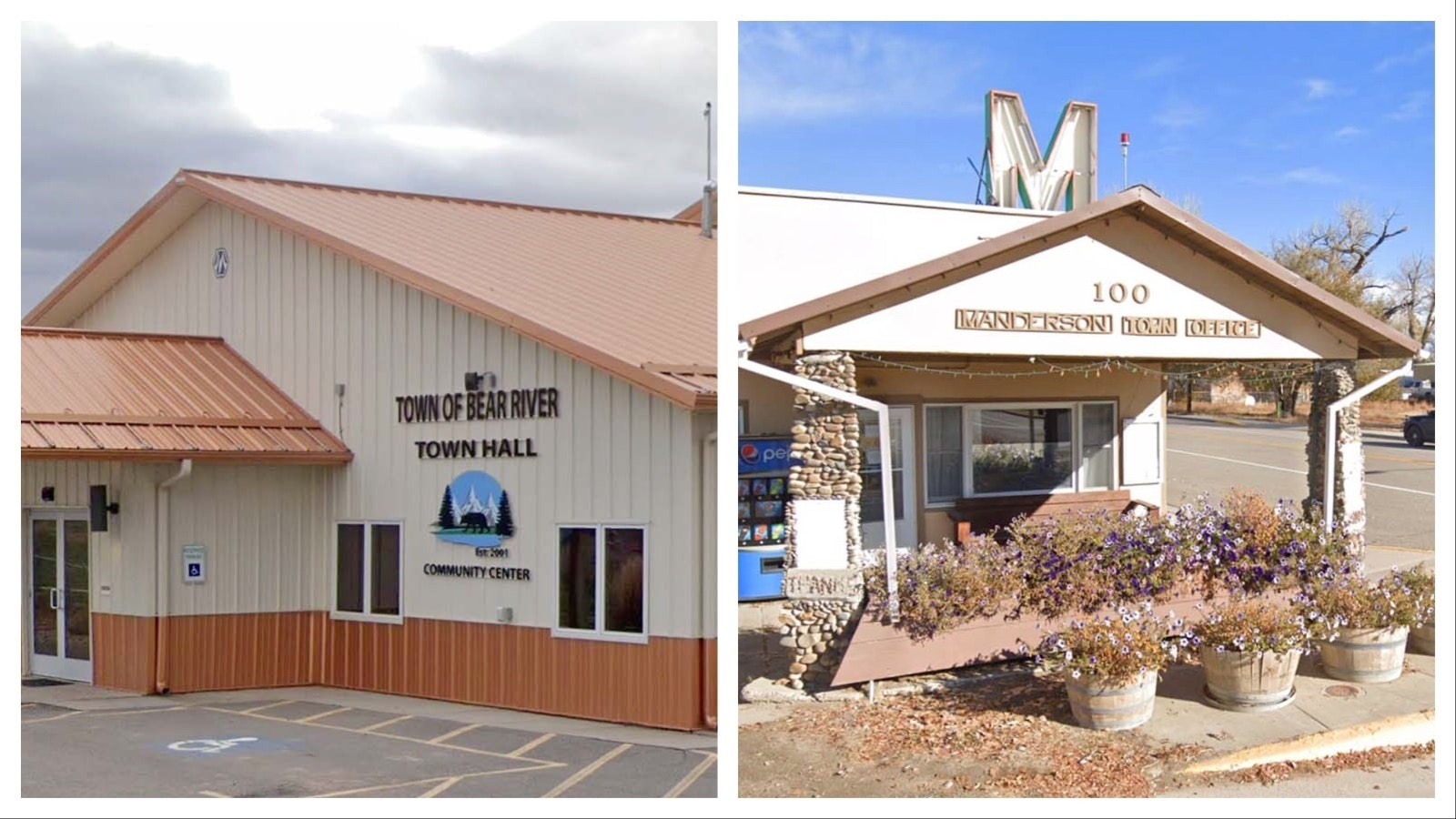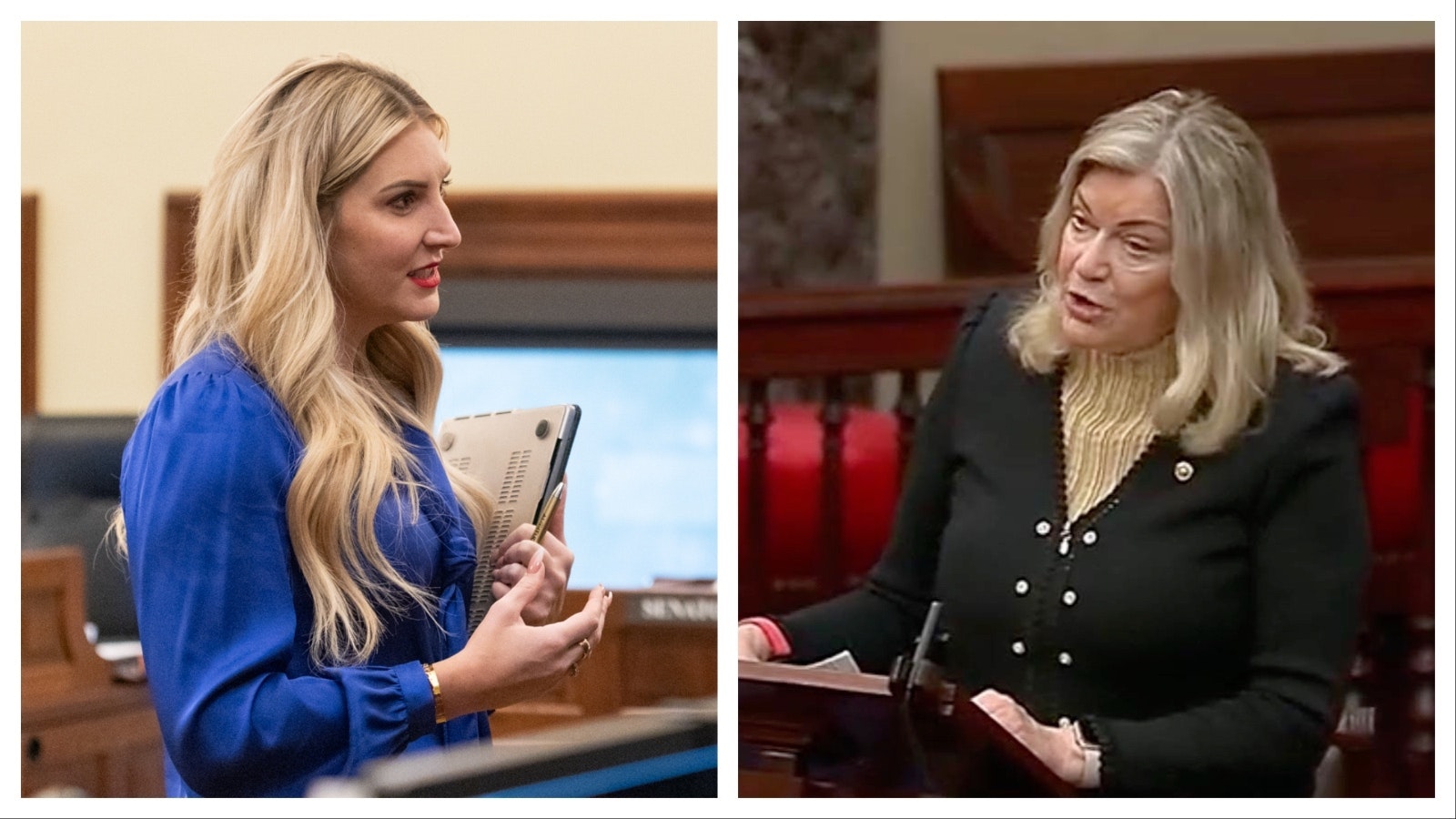Search and rescue is a serious commitment for volunteers that requires emergency response training for missions that often take hours or even days at a time. Finding those unique volunteers willing to go through that training and be able to respond 24/7 is difficult.
The Wyoming Legislature will consider a bill during the 2024 legislative session that could help attract more people to search and rescue by including those volunteers, along with other emergency responders, to participate in the group insurance plan for state employees and officials.
Teton County Sheriff Matt Carr, also a member of the Wyoming Search and Rescue Council, described the bill as “a huge piece of the puzzle” in helping to improve recruitment. Even though Teton County SAR isn’t struggling with volunteers, other counties are. Carr said the bill would provide a valuable incentive because many SAR members and potential volunteers lack health insurance.
The legislation is a form of enticement to try and draw more people to the field at a time there’s a documented shortage of search and rescue workers throughout the state.
“Sometimes counties that don’t have as much search and rescue activity or they’re not as well funded have real troubles as far as trying to recruit membership,” Carr said.
In today’s world that’s filled with more entertainment and distractions than ever, volunteerism and community participation as a whole has declined, numerous studies show.
In some counties, needs are greater than others. For instance, Teton SAR and Tip Top Search and Rescue in Pinedale sometimes have to turn applicants away.
Converse County Search and Rescue has about a dozen volunteers in its program. What it could really use, said Converse Undersheriff Nate Hughes, is about 20-30.
Although state Sen. Fred Baldwin, R-Kemmerer, expressed skepticism in September that the legislation would lead to a significant uptick in volunteers; there's a chance it could make a real difference.
When the state added SAR to the state’s volunteer emergency medical service retirement plan recently, Hughes said it led to four new volunteers joining their search and rescue staff.
“I think those four people could be directly attributed to a positive thing that we told that we could do for them,” Hughes said.
Call To Duty
It’s rare that a search and rescue call comes in at a convenient time. More often than not, these calls come during times of inclement weather that led to the need for rescue in the first place. Hughes said he’s lucky to get more than a handful of responders on certain nights.
Being a search and rescue volunteer is a serious time commitment, one where volunteers will get called away from their families and jobs at a moment’s notice, sometimes for days at a time.
During one particularly long mission, Hughes said there were some volunteers that had been on for 32 hours straight. It’s also not unheard of for a new mission to begin as soon as another one completes.
What can make matters tricky, particularly within smaller SAR groups like Converse County’s, is that certain members are also volunteer firefighters and EMS workers.
The overall intensity and immediate response demanded with the job can make it hard to find SAR volunteers. Additionally, monthly training is required.
Hughes said some employers are more generous than others with letting volunteers off for workday missions.
“We really appreciate those employers that do help because sometimes people just can’t afford to miss a day of work to volunteer,” Hughes said.
And as tourism continues to grow in Wyoming, so do the needs for search and rescue. Converse County Sheriff Clint Becker said he’s noticed a substantial uptick in people going into the mountains.
“We need more people as we continue to run this economy,” said Era Aranow, co-commander of the Lander unit of Fremont County Search and Rescue.

An Untapped Pool
One potential pool of new volunteers could be women, who are greatly outnumbered by men within the search and rescue groups of Wyoming.
In the Lander unit, there are 38 active members, eight of which are female. Aranow said of the 20 most active members, only three are women.
In Converse County, the number of women is four.
Aranow said around the state, men outnumber women in these roles typically at least 3-to-1.
But there are women in leadership roles like Aranow.
There’s been times walking into emergency scenes, she said, where male rescuers didn’t take her seriously at first.
“It's prejudices and they’re going away but they’re not gone,” Aranow said. “It’s sort of that implicit bias, not the explicit.”
It also comes down to the little things. She noted how she had to fight her supervisors to get women-specific SAR clothing.
She said first responder roles have traditionally lacked female presence, but the tide is turning.
“If you don’t have that person in that mentorship role, then it can be harder to get in the door, harder to advance as quickly,” she said. “Just having other people and role models will open it up so we can have all the qualified volunteers regardless of their gender identity.”
When there has been a presence of women in the male-dominated field, she said it typically draws more women in. It’s a trend she’s seen in other venues like EMS work, education and sports.
“I think it’s important that we’re in all spaces and I think it’s important that whoever’s there is qualified,” Aranow said. “There’s a lot of mentorship.”
First-Hand Experience
Last summer, Aranow was hurt during a search and rescue mission.
She and her team had been on a missing persons search north of Gannett Peak in the Wind River Mountains last summer.
After their subject was rescued and airlifted from the scene, Aranow and her staff started to descend through a boulder field. When a boulder shifted and rolled onto her foot, she was instantly filled with a sense of terror that she would be pinned.
To her relief, Aranow was able to remove her leg quickly, but when she did, Aranow was then filled with another sense of dread.
“It was floppy and hanging there,” she said.
Aranow had badly broken her leg, shattering the bone. Later, they would discover the break was so bad that the bone had passed through the skin before re-entering back in.
Still standing, her team expressed confusion when she told them they needed to call back the helicopter immediately.
Already surrounded by her fellow search and rescue team, in some ways it was a best-case scenario if that had to happen.
“It was a bad accident and everything went as smoothly as it could given the accident that happened,” Aranow said.
She was picked up by a helicopter and short hauled in a litter to a few miles away where she was cared for again.
Greeting her was a female park ranger, a rare sight in search and rescue situations.
“Even in everything that was going on, that was really noticeable to me,” Aranow said. “Anyone would’ve given good care but just to be like, I’m not the only female in the woods, was pretty nice.”
When another medical helicopter picked her up to make the final transport to the hospital, Aranow was pleasantly surprised again to find it flown by a female pilot. She described the situation as invigorating.
“I was the rescuer-turned-patient and then to have two female rescuers,” she said. “For me, it was really special to have a female rescue team.”
She was flown to a hospital in Jackson where she received emergency surgery, an injury she is still recovering from in the early winter.
The event was an important reminder that anytime search and rescue is called out into the field, people are putting their own lives at risk to save the lives of others.
In 2012, a Teton County Search and Rescue worker, Ray Shriver, died as a result of a helicopter crash in the field.
Whatever It Takes
Search and rescue groups in Wyoming also will go to other parts of the state and across state lines to help other groups when needed.
Even for those who can’t donate their time or energy, Aranow said people can still give money to their local SAR branch.
SAR organizations in Wyoming are run within their local sheriff’s departments and receive local funding. Becker said the Converse County commissioners have been particularly helpful with getting equipment they need.
But Aranow mentioned how county funding doesn’t cover all her group’s needs, such as buying up-to-date radios. Her 38-person unit only has four.
If nothing else, Becker wants the public to be careful when entering the backcountry.
“Pay attention to the weather, bring enough equipment if you get stuck for a few days,” he advised. “These are things that are always very very helpful for us. It really is difficult for us.”

Leo Wolfson can be reached at leo@cowboystatedaily.com.





